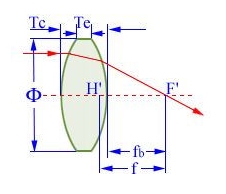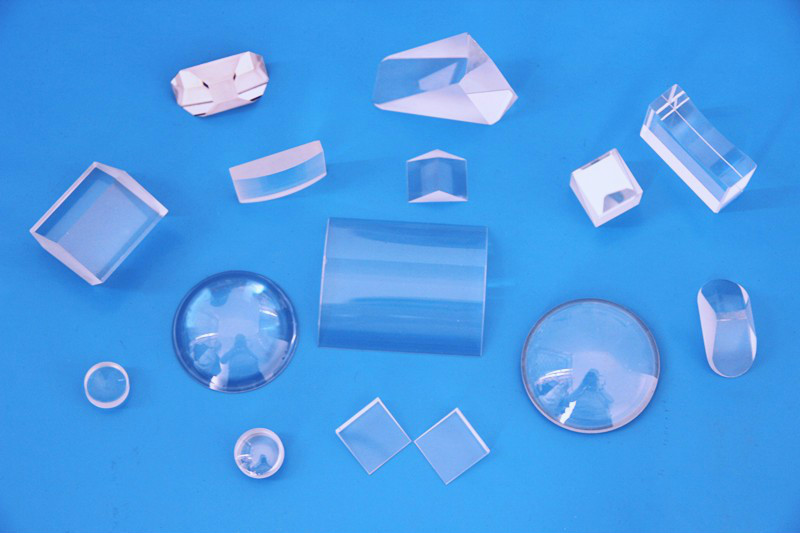Fused Silica(60/40) double convex cylindrical Lenses
Cylindrical lenses used to provide focusing power in one section only. For illumination or detection of light from line sources. Also used to anamorphic compression of beams and images. Especially widely used to anamorphic compression of LD (laser diode) output beam.
Technical parameters
|
1
|
Material
|
BK7 or Fused silica, JGS1
|
|
2
|
length
|
2-300+/-0.15mm
|
|
3
|
surface figure
|
lambda/2,lambda/4
|
|
4
|
dimension tolerance
|
+/-0.2mm
|
|
5
|
focal length tol.
|
+/-2%
|
|
6
|
centration
|
3arc min
|
|
7
|
surface qualtiy
|
60-40 scratch and dig
|
|
8
|
bevel
|
0.2-0.5mm*45degree
|

Features:
Rectangular and Round shape are available, Diverges light in one dimension only, Other dimensions are available in small and mass production quantities, High Precision Dimension, Optional Substrate Material, Antireflection Coatings can be ordered as an option.
Applications:
Laser Scanners, Spectroscopy, Dye Lasers, Acousto-Optics, Optical Processors, Bar Code Scanning, Holographyr, Projection Systems, Imaging Systems, Optical Display Systems, Laser Measurement Systems.
Description:
Cylinder Lenses are typically used to focus incoming light to a line, or to change the aspect ratio of an image. Cylindrical Lenses have a single cylindrical surface that causes incoming light to be focused in only a single dimension, stretching the image. Cylinder Lenses are available with positive or negative focal lengths, ideal for laser line generation or anamorphic beam shaping to circularize laser outputs.
Cylindrical lenses are used to provide focusing power in one section only, For illumination or detection of light from line sources. Also used for anamorphic compression of beams and images.
Cylindrical lens has at least one surface that is formed like a portion of a cylinder.These patented gradient-index cylindrical microlenses with Luneburg type refractive index distribution are drawn from a highly polished gradient-index fiber preform. A simple tuning of the drawing process produces diffraction-limited microlenses in the shape of fibers or rods with precise diameters and unsurpassed surface quality. When illuminated sideways, these fibers act as perfect cylindrical lenses with 0.5 NA. The fused silica cladding and the gradient-index core of these lenses withstand very high temperatures (transition temperature is ≈1100°C).


